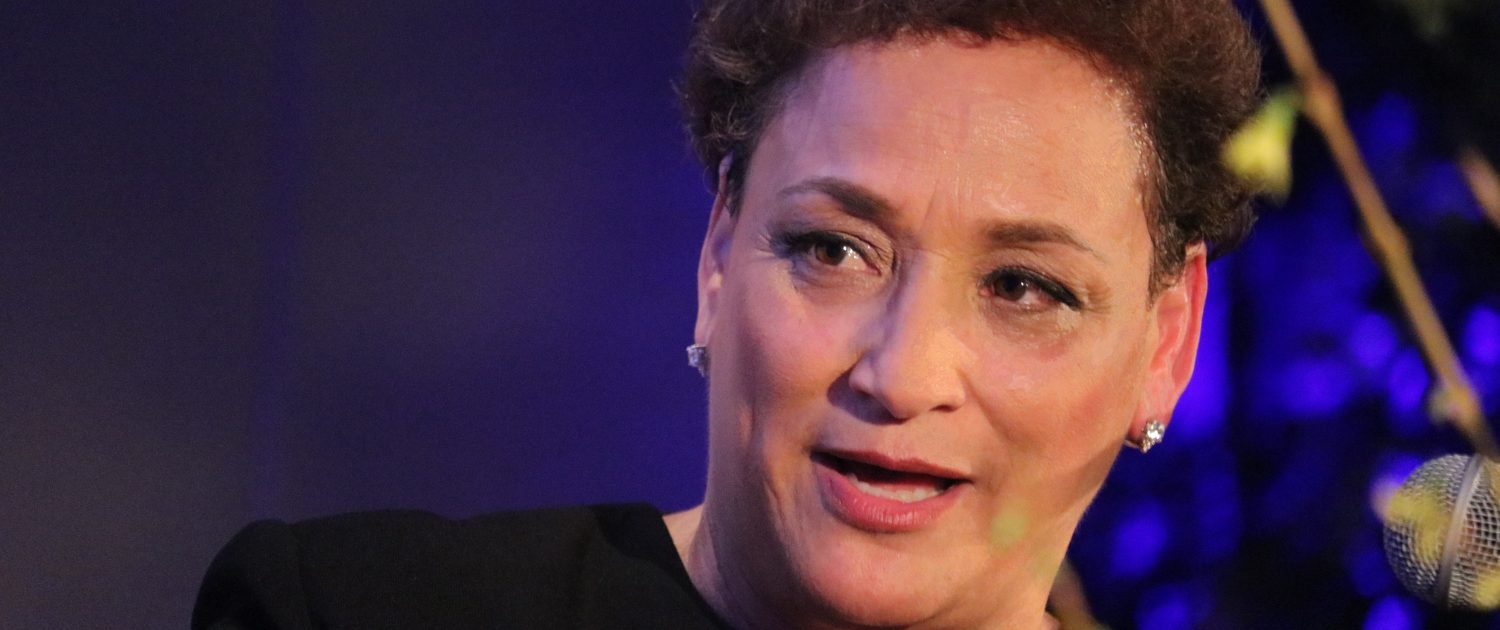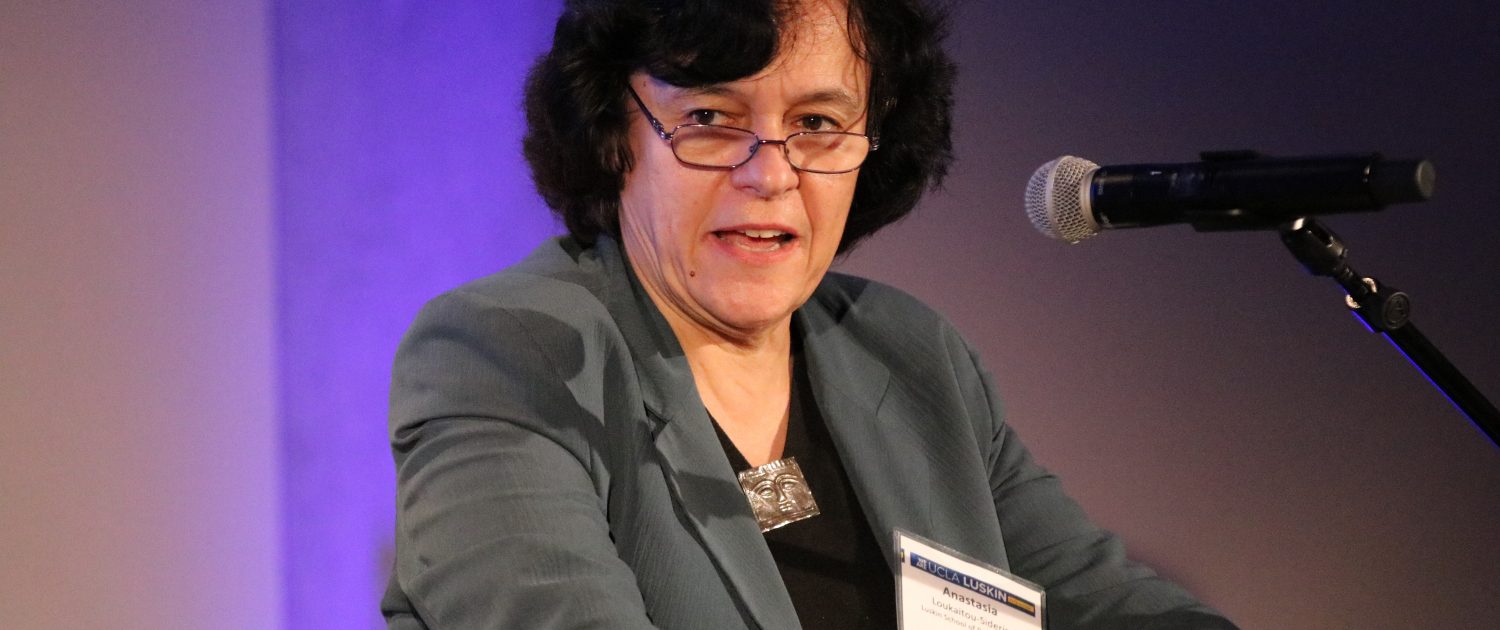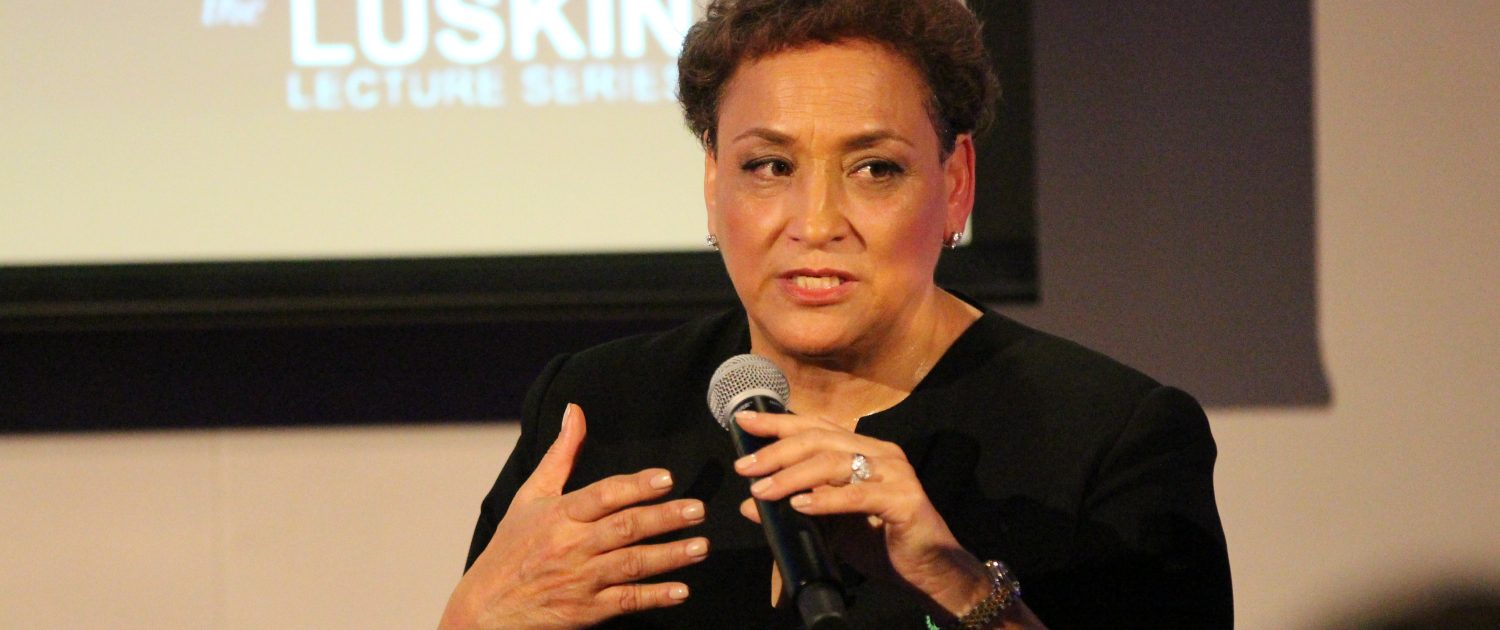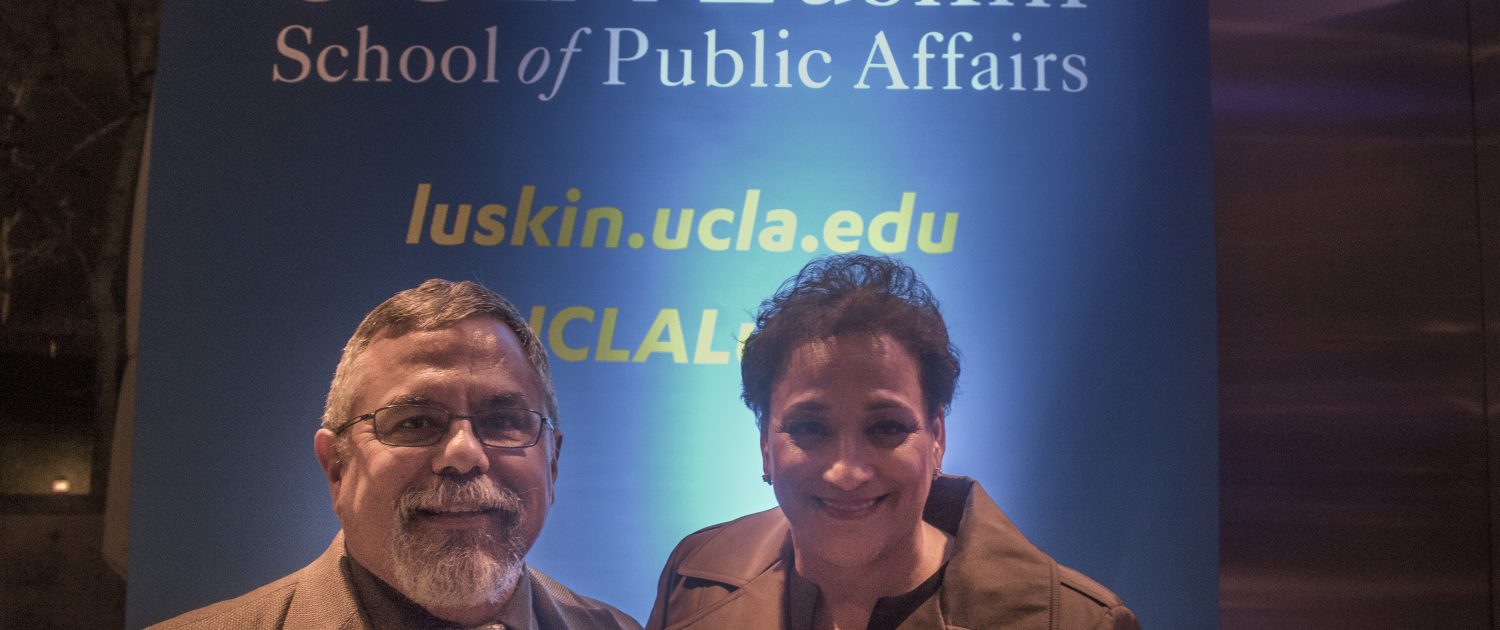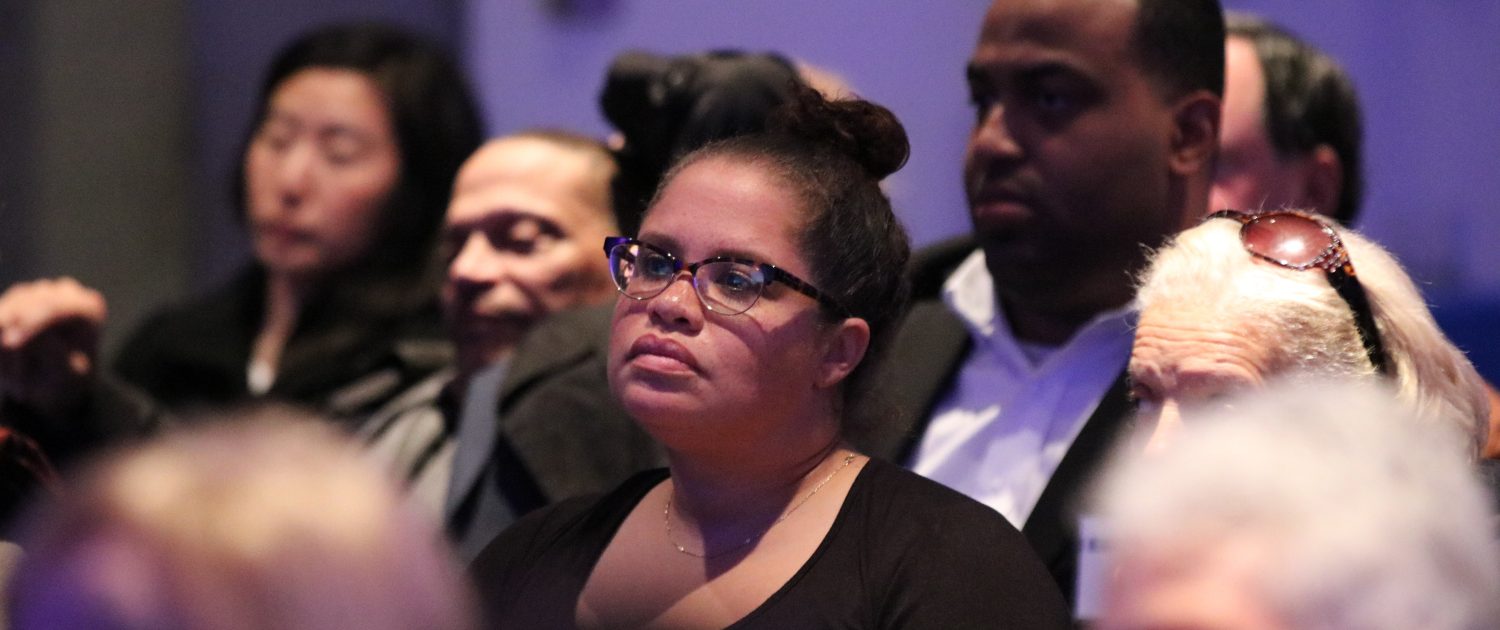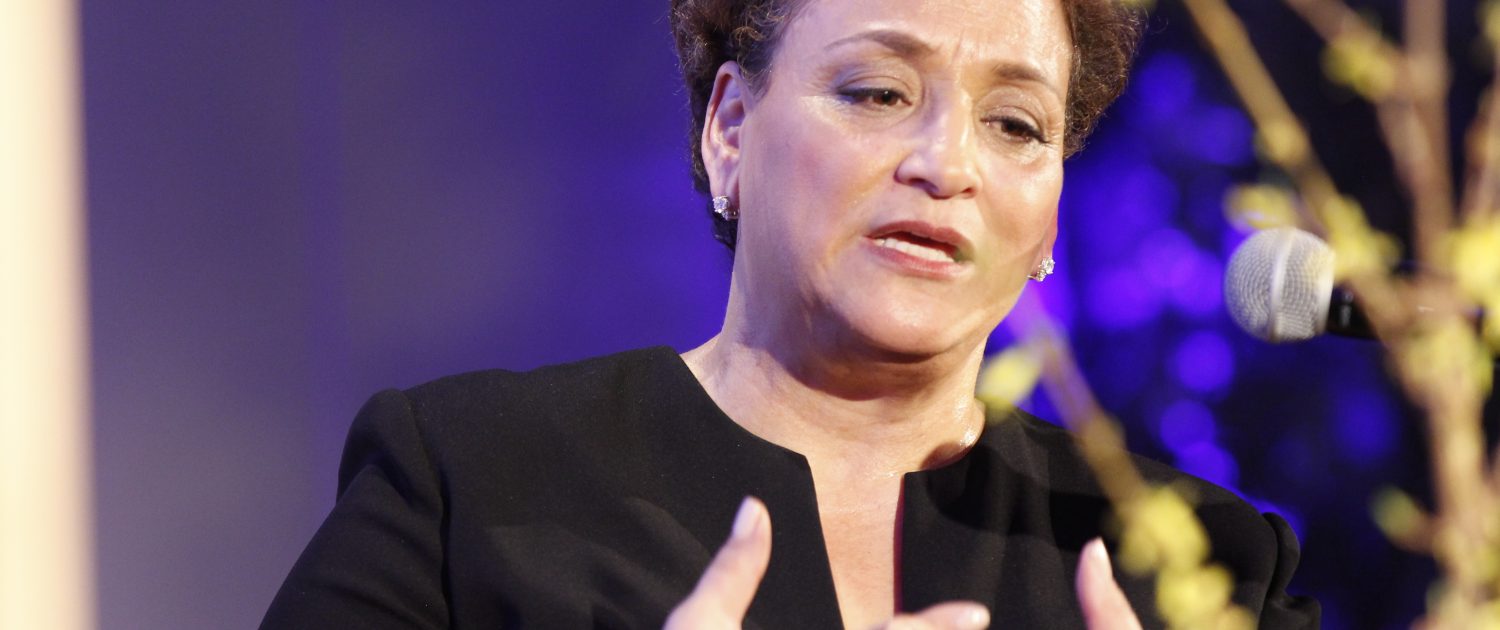Social Welfare Revises Academic Program Updated MSW curriculum includes three new concentrations and a leadership component designed to launch students on lifelong, impactful careers helping people who are the most vulnerable
By Stan Paul
A newly revised Master of Social Welfare curriculum at the UCLA Luskin School of Public Affairs comes with an expectation: “We expect you to use your career to make a huge difference,” said Fernando Torres-Gil, professor of social welfare and lead instructor of a new leadership component.
Social welfare has a long tradition at UCLA going back to the 1940s and a highly regarded national reputation of training multiple generations of social workers, and the purposeful changes have been made with a fresh focus and expanded goals for the two-year graduate professional program.
“It’s a new program in the sense that we have a new curriculum and new areas of concentration,” said Laura Abrams, professor and chair of social welfare at UCLA Luskin, explaining that the changes are designed to greater utilize the strengths and expertise of faculty and provide specialized and enhanced in-depth training to students.
Each new concentration allows students to delve deeply into an area of focus and, at the same time, to prepare graduates for leadership positions locally, nationally and globally throughout the course of their careers. They are:
- Health and Mental Health Across the Life Span
- Social and Economic Justice
- Child and Family Well-Being
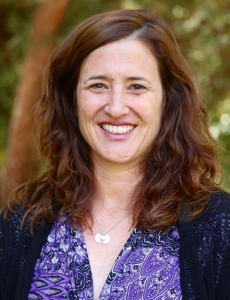
“I think we have to prepare social workers to be the best possible thinkers, leaders, educators, activists they can be.”
— Laura Abrams, professor and chair of social welfare
Some things will remain the same because the need for social workers is as relevant as ever, if not more, according to Abrams. “We are obviously incorporating some of the same principles,” she said of the program and its “overarching mission” to train the next generation of social work practitioners and leaders in the field, champion the development of knowledge for the social work profession, and strengthen social institutions and services in Los Angeles and beyond. “Everything has to be grounded in, ‘How do we engage clients and communities? How do we help solve some of these social issues like homelessness, kids who have social and emotional issues in schools.’ It’s not that we are focusing on a different set of issues, we are just refreshing our curriculum and making it more up-to-date.”
In addition to the course on leadership that the entire cohort of first-year students will be taking this Winter Quarter, Abrams said all first-year courses have been revised and updated.
“These are all new and they have been rolling out this year,” she said, adding that the divisions between “micro” and “macro” practice — or the distinction between clinical, or direct, practice and community practice — have made way for a more generalist practice approach.
“We realized that most social workers do a little bit of everything,” said Abrams, explaining the reasoning behind the shift to the new concentrations, which come with new faculty searches and hires to augment them. “Within each of those areas students should be expected to get a grounding in policy as well as practice.”
In addition, students will receive more training in research and statistics. So, like their peers in UCLA Luskin’s other graduate programs in public policy and urban planning, they will be working on yearlong capstone projects that mix qualitative and quantitative work, as well as opportunities to take on group projects.
The programs will still be flexible enough to allow students to take electives from the School’s other programs.
“We’ve always kept in mind that we are embedded in a school of public affairs with top-notch public policy and urban planning programs where we have the opportunity to be interdisciplinary, and we need to be,” Torres-Gil said. “It’s all part of the overall Luskin School mission that we’re making a difference, our graduates are special, they’re unique, they’re going places and the Luskin School is UCLA’s tool to train those that are going to be involved in those real-world problems and issues and make a big difference.”
The leadership aspect of the training seeks to guide students in “their ability to impact social change, to be sophisticated policy advocates and to plan for a career where they will exercise leadership at all levels, whether they are starting off as a clinician or as a lower-level eligibility worker in a large bureaucracy,” Torres-Gil said. “Over time we expect them to move up the ranks, whether it’s a CBO (community-based organization), nonprofit, public bureaucracy or practice,” he added.
Torres-Gil said that this approach is important for a number of reasons, including exerting power and being influential in areas traditionally dominated by arenas such as business, journalism, economics, communication and political science.
“Social workers are grounded in understanding, intuitively and right there at the front lines, how issues affect people, and so we want to be more upstream and train social workers to understand what it takes to be an effective social change agent and leader,” even though terms like “influence” and “power” may “go against the grain of the social work profession that wants to focus on social justice and social equity,” he said.
Other reasons include managing and assuming leadership roles in a career that may last decades and involve a number of different jobs or positions. With the idea of longevity in mind, Torres-Gil, who also serves as the director of the Center for Policy Research on Aging at UCLA Luskin, said it is impossible to pack everything into a single program, but “here are the attributes, those competencies, capabilities that I need to build a greater ability to be effective and to make social change.”
Torres-Gil continued, “So we want to make sure the MSW part of the Luskin School has that same mindset; we’re not just any graduate school, we’re UCLA, we’re Luskin and over time people are going to say, ‘If you want to make a difference, if you want to be a power player, if you want to be an elite leader who is seen as a go-to person or whatever the issue is, get a UCLA MSW.’ That’s the aspiration.”
Abrams noted that the curriculum revamp started “long before the last presidential election, but I think there’s a lot more challenges that are going to be happening, especially in vulnerable communities.”
In sum, “I think we have to prepare social workers to be the best possible thinkers, leaders, educators, activists they can be,” Abrams said. “So they have to be armed with the tools of theory, they have to have tools of research, they have to have tools of practice.”
Details about the new Plan of Study are available on the UCLA Luskin website.
